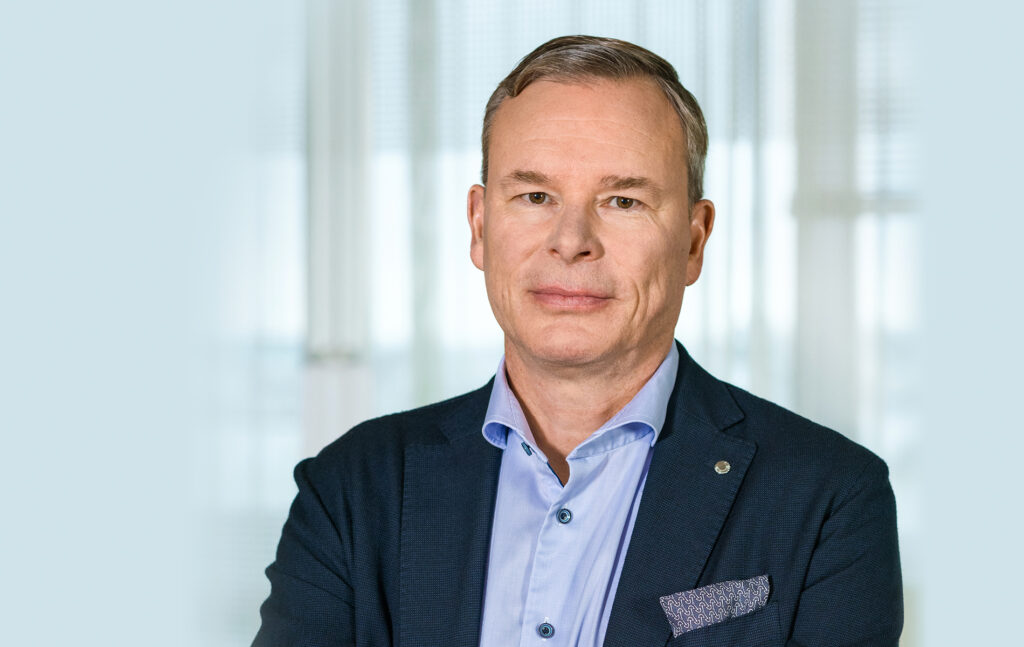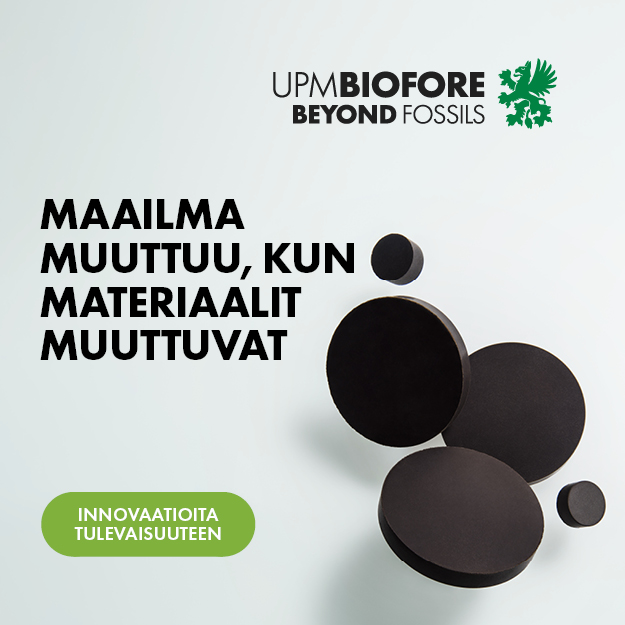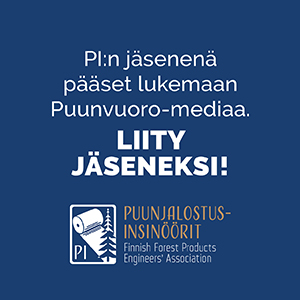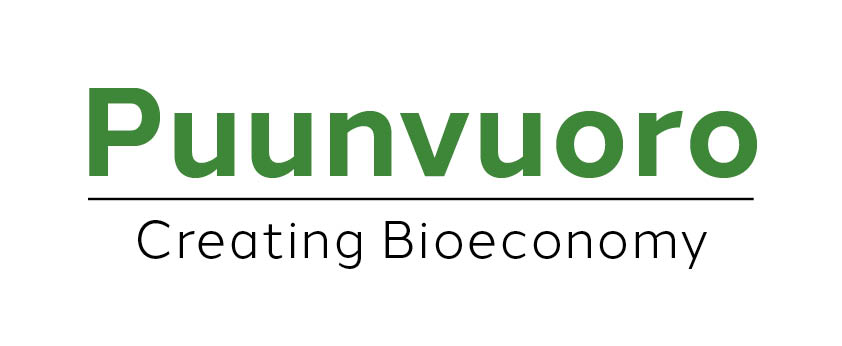Finnish forest companies have good reason to be proud of the industry’s long-term development of products and production methods, which is reflected on the shelves of stores to this day. The same amount of wood can now be used to manufacture twice as much liquid packaging as 50 years ago. This development has been accelerated by sustainable and high-quality Nordic wood, which offers a lot of usable raw material.
“We not only sell our customers packaging by weight, but also packaging surface area. For example, Stora Enso’s Folding Box Board is able to offer the same performance as American SBS board, using 20 per cent less wood,” says Hannu Kasurinen, Executive Vice President of Stora Enso’s Packaging Materials Division.
Stora Enso has heavily invested in making its production processes more efficient and improving its material efficiency, and has developed new methods for utilising wood fibre. In addition, it has invested in new technologies, such as artificial intelligence and machine learning, which can help to optimise processes and improve predictability and quality.
“The forest industry must improve the efficiency of its wood use. We are being guided in this direction by sustainability perspectives, the high cost of wood raw materials, forest protection requirements, and the wood shortage which has been made worse as a result of Russia’s war of aggression,” says Kasurinen.
Progressive solutions and environmentally aware development work
Stora Enso has several innovative products which are more ecological and material-efficient than traditional solutions. For example, the company’s biocomposites have succeeded in replacing the fossil-based packaging materials of cosmetics and food products, among others. New and radical product innovations are currently being developed, although the work is more focused on the improvement of existing products.
A good example is the thinnest polymer coating on the market, which enables the production of paper cups containing less than five per cent plastic. This helps packaging manufacturers and brand owners to reduce their use of plastic. The technology in question is currently being used in the manufacturing of UltraThinPE coatings for Stora Enso’s Cupforma product line’s paper cups.
“For paper cups, there was a long-standing status quo on the market until the EU’s recycling requirements encouraged operators to find new ways to reduce plastic. In this case, the regulatory pressure was one driver for the development of the product and its manufacturing process,” says Kasurinen.
There is also development work to be done in, for example, the barrier solutions of liquid packaging, where the recycling and reusing of the packages’ wood fibres could be promoted by reducing the amounts of plastic and aluminium used in them.
Challenges and opportunities for big change
Applying “more with less” thinking to the forest industry is not without its challenges. It will require a new way of thinking and cooperation between different operators. Sometimes, bringing new products and materials to the market can also be slow and laborious.
Despite the challenges, there is a lot of potential in “more with less” thinking. It could help the forest industry to improve its competitiveness, respond to the challenges of sustainable development and create new business opportunities.
“It is possible that, in the future, recycled fibres from packaging will be collected and processed in Central Europe and, once cleaned for use, will then end up in Finland in drink and food product packages. Of course, this would require large leaps in technology and the construction of an entire recycling ecosystem,” says Kasurinen, envisioning the future.
Cooperation between Stora Enso and the equipment manufacturers of the forest industry plays a key role in development. Technical challenges are being solved together, such as replacing the aluminium and plastic layer in aseptic liquid packaging with a fibre membrane.
“Many cooperation projects have been born in the forest industry. For example, there is an ongoing search for a fibre alternative to the plastic screw caps of milk cartons, which is not our area of expertise. For this development, we have obtained external expertise from a start-up company. There is no need to try and do everything ourselves,” concludes Kasurinen.




